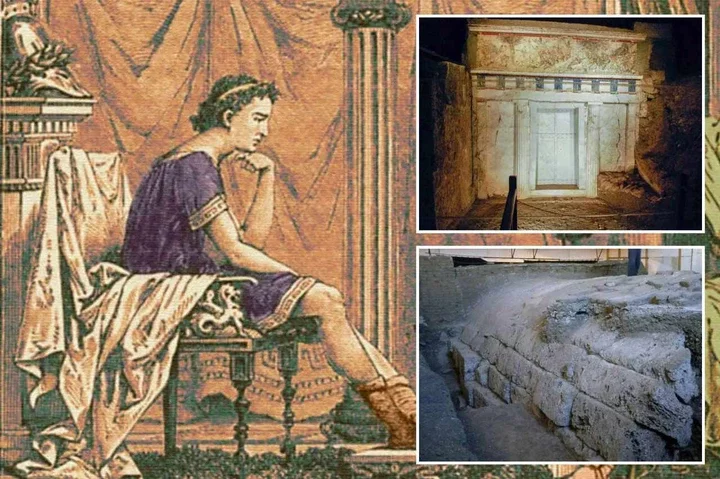
THIS could be Alexander the Great's lost sacred robe after the "royal tunic" was found in an ancient tomb after 2,300 years.
The tomb was initially believed to be that of Philip II - Alexander's dad - but the fragment of invaluable purple fabric found in the tomb has suggested otherwise.
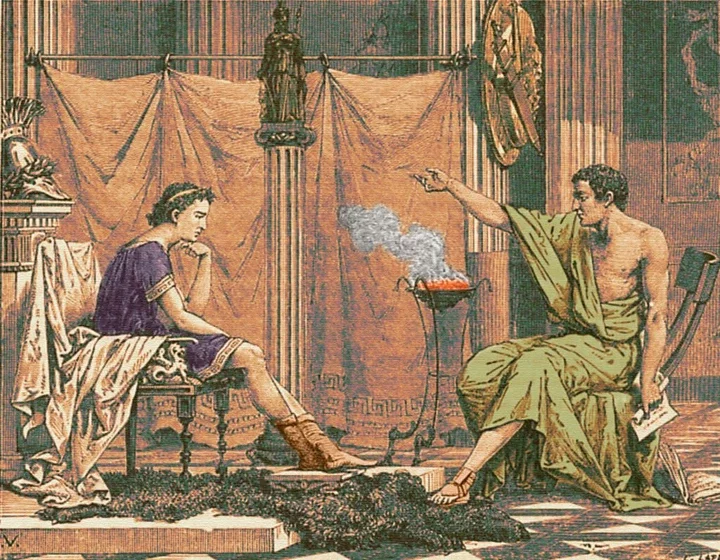
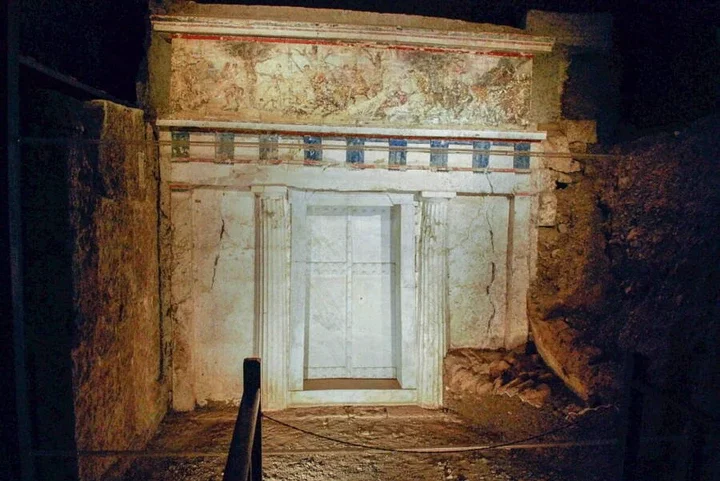
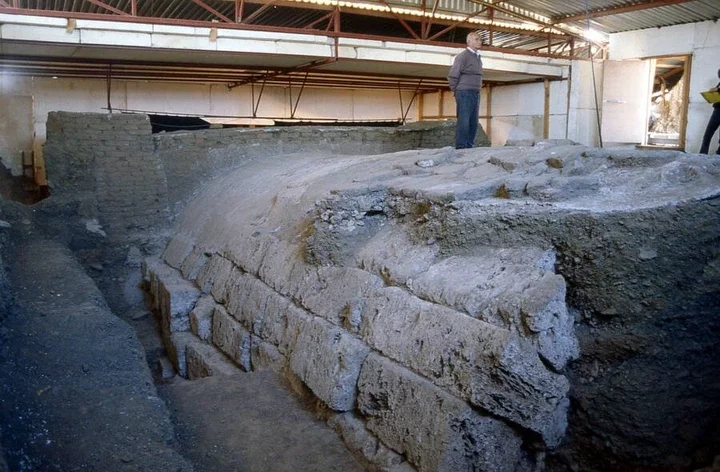
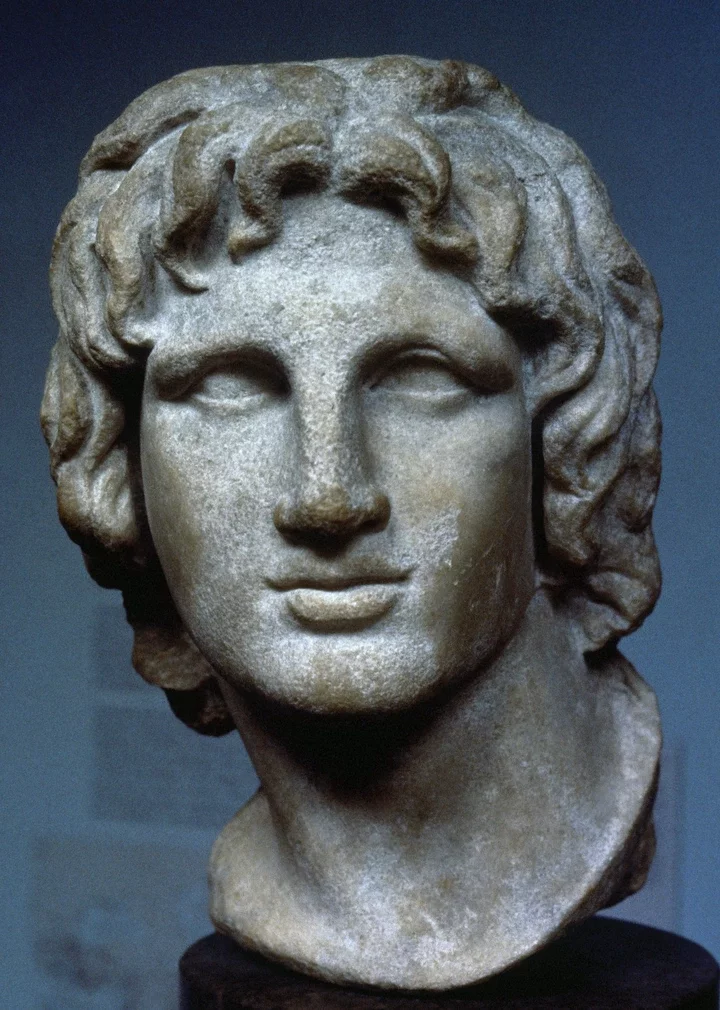
The fragment of fabric, found in a tomb in Vergina, northern Greece, was dyed in the iconic Tyrian purple - a colour that was only reserved for royalty and contained rare minerals from Persia.
Experts began to hypothesise that the fabric alongside several other items in the tomb belonged to Alexander the Great after being inherited by Philip III - Alexander's half brother.
The breakthrough discovery sparked intense debate over who may be buried in the tomb while also unlocked new understanding surrounding ancient textile usage and royal burial customs.
Now researchers are reexamining Vergina's Tomb II and retracing their steps on the historical significance of its contents.
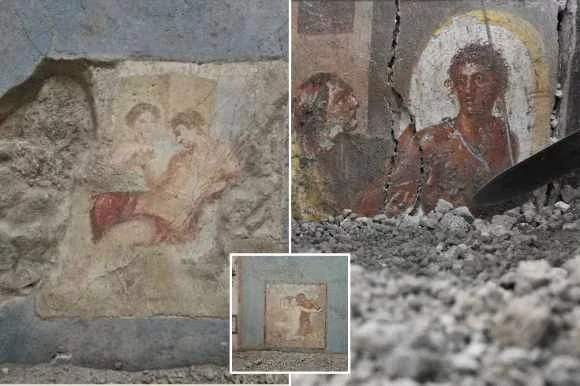
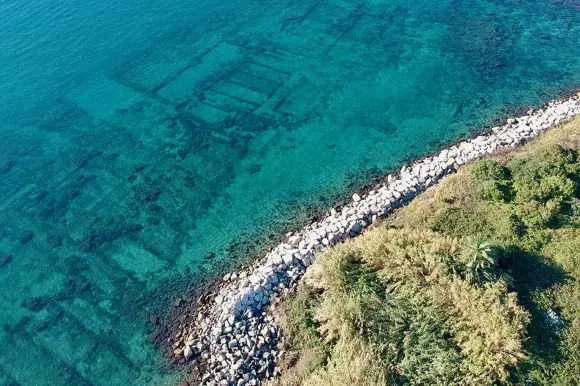
Alongside the remains of a male, inside the golden ossuary of Tomb II was a golden oak wreath, a golden diadem and a scepter - as well as the incredible textiles.
Fourier-transform infrared spectroscopy (FTIR) and gas chromatography confirmed that the textiles were cotton and dyed with Tyrian purple - the iconic colour worn by Alexander.
Tyrian purple was a pigment that was sometimes more valuable than gold, often worn by the elites of ancient society.
And experts also found huntite - a white mineral from Persia renowned for its incredible brightness.
Researchers then began to question whether the purple garment and the other invaluable items did indeed belong to Alexander the Great.
Despite initial beliefs that the tomb belonged to Philip II, researchers now believe it was that of Alexander the Great's half-brother Philip III Arrhidaeus.
Ancient Pompeii home unseen for 2,000 YEARS finally unearthed
The relative inherited several of Alexander's personal items after he died in 323 B.C.E. - which could explain the items discovered.
Some expert's belief was strengthened when they discovered the remnants of the sarapis in the tomb as the purple and white tunics were only worn by Persian kings like Alexander.
In the study, author Antonis Bartsiokas wrote: "The physical description exactly fits the description in the ancient sources of the sacred Persian mesoleucon sarapis which belonged to Pharaoh and King Alexander the Great and as such it was the most precious object in antiquity."
In August, scientists discovered the biggest burial site in Greek history that dates back to the fourth century BC and is guarded by two headless sphinx.
Considered to be one of the most significant archaeological discoveries of the 21st century, the ancient Amphipolis tomb was unearthed by a group of experts in 2014.
And the stunning archaeological discovery of the massive tomb sent history fanatics into a frenzy.
The Amphipolis tomb is located in the Kasta mound near the small village of Mesolakia in Eastern Macedonia, Greece.
The structure, which dates back to ancient times, is surrounded by a wall that is 1,600ft in circumference - so mammoth that it dwarfs the burial site of Alexander's father, Philip II, in Vergina, west of Thessaloniki.
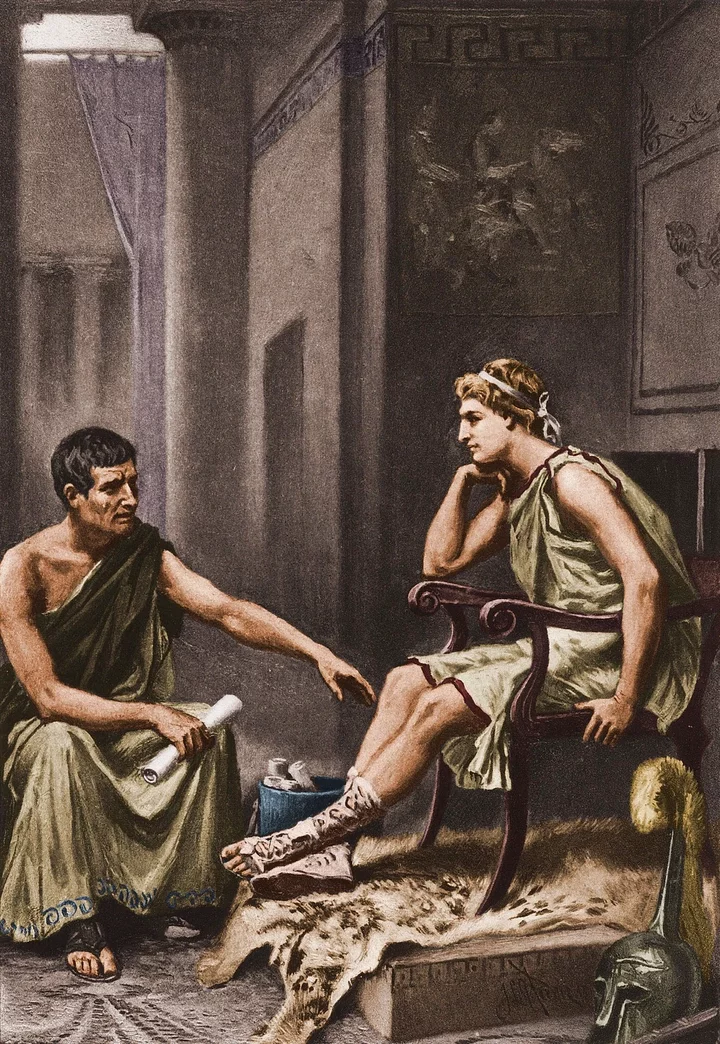
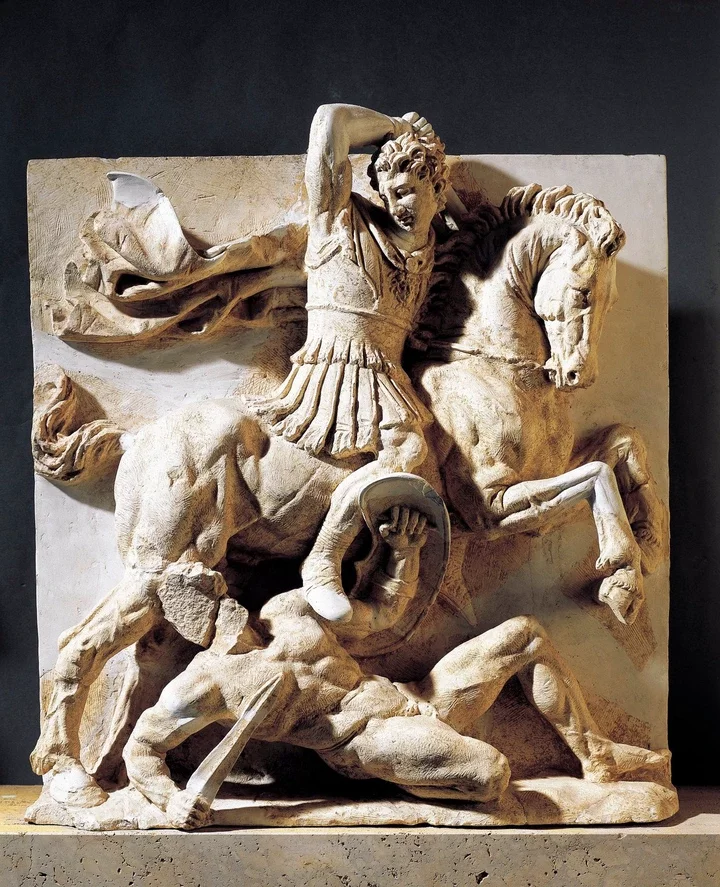
Due to the sheer size of the burial site - and its presumed cost of construction - it was first thought to be the resting place of Alexander the Great.
However, while commenting on the findings of the archaeological site, experts later dismissed such claims, saying that his tomb is in the city of Alexandria in Egypt, according to historical mentions.
At the entrance of the huge burial site stand two headless sphinxes appearing to guard the door.
The head of one of the two sphinxes and parts of the wings were found in the burial chamber with parts of the broken marble door.
Initially, the entry to the structure and all its chambers were sealed with massive blocks of stone - and the interior of the structure was largely filled with sand.
Meanwhile, archaeologists discovered two magnificent sculptures of female figures inside the burial site,
Each of them has one arm outstretched, which experts presume was a sign for intruders to stop them from entering the main tomb.
Experts found the main burial mound to be 70m high - and some 250,000 cube metres of sand were needed to fill it up entirely.
Parts of the wall were removed during the Roman period and single ashlars were found in the base of the Lion of Amphipolis.
The main burial chamber was found to be made of massive stone blocks - and the entire box-shaped is embedded in the floor and paved by ashlars.
Nails from a wooden coffin and decorative elements made of bone and glass were found inside the complex, the Greek Ministry of Culture reports.
Dozens of medieval skeletons in mysterious stone coffins unearthed by man renovating his cellar
Interestingly, the remains of five people have been found inside the tomb.
Experts say that one of the deceased was an old woman who died in her 60s, while the remains of two middle-aged men were also discovered.
Remains of an infant who was cremated at the spot were also found.
Experts believe that the tomb of Amphipolis, which is in excellent condition when compared to other ancient sites found so far, makes it an "unparalleled example" of ancient architecture.
Over the past 10 years, scientists and researchers have been carrying out various studies to find out more information about the ancient grave site.
Extensive work is being done to meticulously restore the monumental site that Greece proudly hosts.
And for history fanatics, the site is set to open to the public by 2028 who will be able to experience the groundbreaking discovery, Greek media reports.
Who was Alexander the Great?
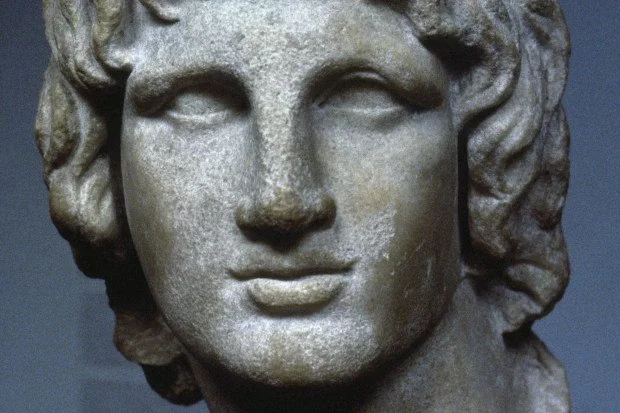
BORN in 356 BCE at Pella in the ancient Greek kingdom on Macedon, Alexander the Great was the son of Philip II and Olympias.
He succeeded his father Philip II to the throne at the age of 20 and spent most of his ruling years conducting a lengthy military campaign throughout Western Asia, Central Asia, parts of South Asia, and Egypt.
By the age of 30, he had created one of the largest empires in history, stretching from Greece to northwestern India. The entire area from Greece in the west, north to the Danube, south into Egypt and as far to the east as the Indian Punjab, was linked together in a vast international network of trade and commerce
He was undefeated in battle and is widely considered to be one of history's greatest and most successful military commanders.
He died of a fever in Babylon in June 323 BCE at the age of 32.
it is believed he was buried in the Alexandria city of Egypt.
















Comments